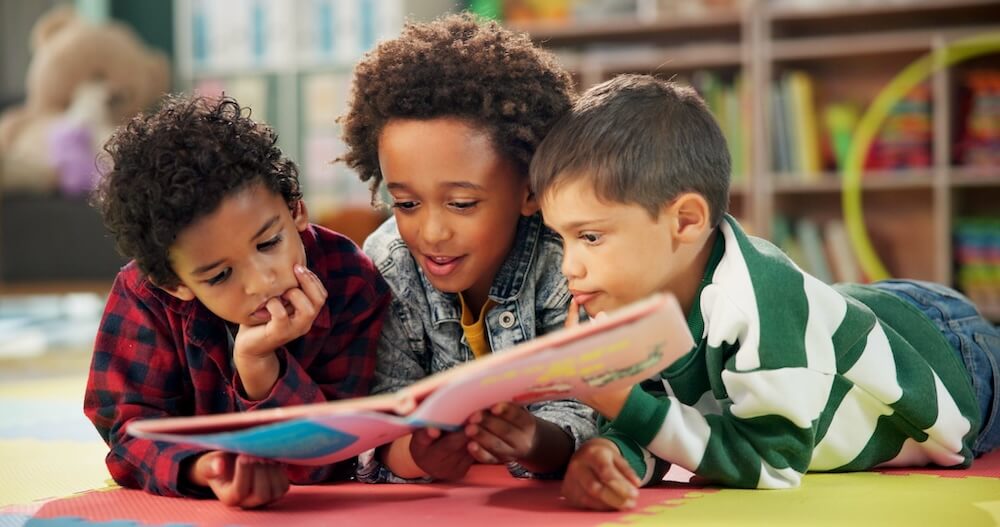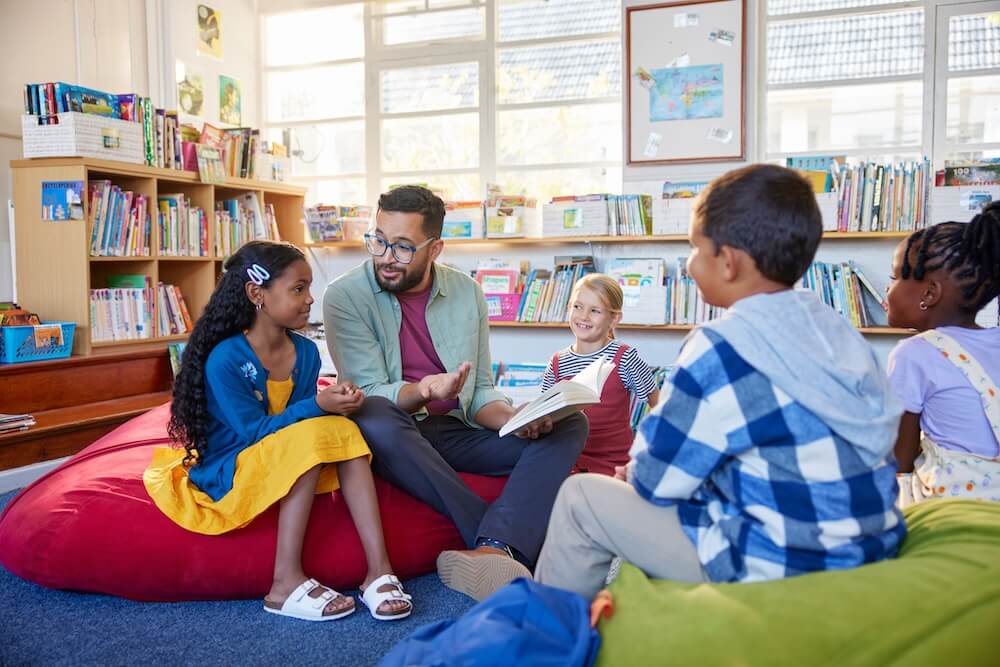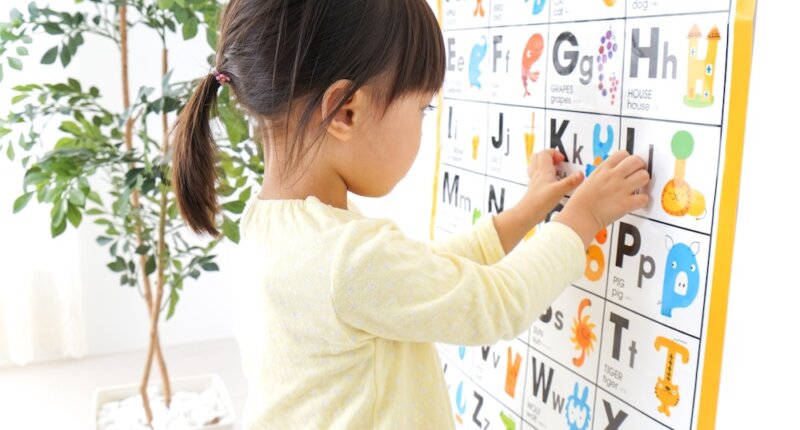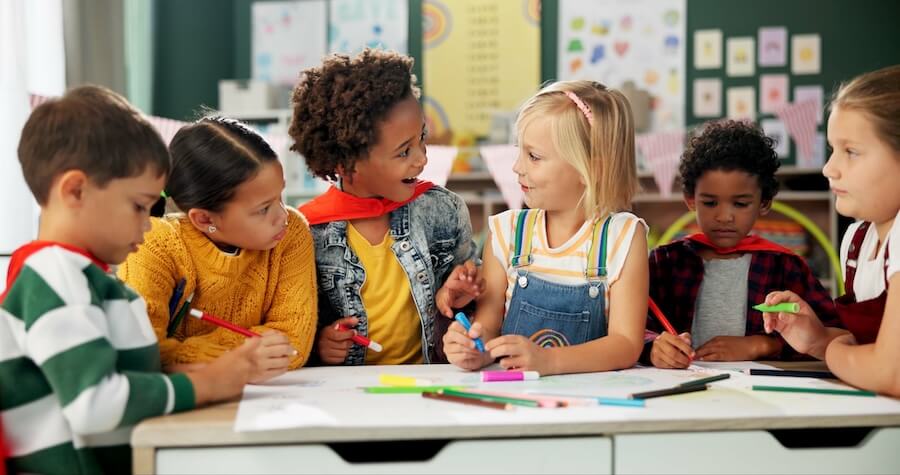Learning a new language is a topic that is close to my heart. My interest in the beauty of words, interacting with different cultures, studying linguistics, and the art of writing has taken me on a unique career path.
Since I spent years learning Spanish, my personal and professional life have been changed for the better. By being bilingual, I’ve had access to different cultures, expanded my career opportunities, and have been able to use my second language in various situations as needed.
Most of my personal Spanish training comes from what I learned in the classroom. However, practicing and continuously using Spanish in the real world has brought me great success.
My journey learning Spanish began in a 7th-grade classroom and continued through my last days in college. There is something uniquely special and exciting about talking to someone in a language that was, until recently, incomprehensible to you. However, as exhilarating as it is when you get it right, learning a language can be challenging.
For the purpose of this article, I will focus on defining first and second language acquisition, and you’ll find 8 key strategies you can use with your multilingual learners.
What are Language Acquisition Strategies?
Language acquisition strategies refer to the techniques and methods learners use to facilitate their language-learning process. These strategies should be personalized – always acknowledging your students’ learning styles, their goals, and language proficiency level.
Learning a new language can be daunting, especially when English is not your first language.
With the right strategies, along with a great teacher – multilingual speakers can significantly improve their language acquisition skills. Effective methods include immersion in the language through media and conversation, learning from peers, leveraging technology with language learning apps, practicing with native speakers, and engaging in active listening and speaking exercises. Additionally, understanding the cultural context of English can enhance comprehension and usage, making the learning process educational and enjoyable.

What is the Difference Between First and Second Language Acquisition?
First and second language acquisition are fundamentally different in several ways. First language acquisition, or L1, begins naturally from birth within an immersive, informal setting like the family home. Acquiring a first language comes naturally – where exposure to it is constant and learning occurs subconsciously. First language acquisition also follows a biological and cognitive timeline, with children typically progressing through universal stages of language development without formal instruction.
However, second language or L2 might begin at any age after the first language has been established. Second language learning often occurs in more structured environments such as classrooms or possibly if someone is living in a foreign country. Motivation for L2 learning can vary, ranging from practical needs to cultural assimilation (such as attending school in the States).
Achieving native-like proficiency is influenced by factors such as the age of learning a new language, exposure quality, and individual motivation.
Additionally, the social context, including community attitudes and the learner’s integration, significantly impacts second language learning, unlike the typically supportive environment of first language acquisition.

Language Acquisition Stages
First Language Acquisition (FLA) typically happens in early childhood without formal instruction.
It includes:
- Babbling: Infants begin by producing sounds which mimic the rhythms and sounds of their native language.
- One-word stage: Around the age of one, children might use single words to express complex ideas.
- Two-word stage: Children start combining words into simple sentences, often following the grammatical patterns of their language without explicit teaching.
- Complex sentences: By about three to four years old, children start using more complex grammatical structures, expanding their vocabulary and understanding.
Second Language Acquisition (SLA): This involves learning another language after the first language has been established. It can occur:
- Naturally: Through immersion in environments where the second language is predominantly spoken.
- Formally: Via classroom instruction or structured learning programs.
Best Age to Learn a Second Language
According to MIT, the optimal age to start learning a new language is generally considered to be before the age of 10 – when the brain is most adaptable to acquiring new language skills. Learning a new language at this age gives the best chance of achieving native-like fluency.
However, it’s important to remember that anyone can learn a language at any age with dedication and proper methods.
8 Strategies To Boost Second Language Acquisition
Total Physical Response (TPR)
- What is total physical response? TPR is a method where students physically respond to language. It’s especially effective for beginners or young learners, as it helps them internalize language through movement.
- How to implement it: When teaching verbs like “run,” “jump,” or “sit,” have students act them out. This physical activity helps reinforce the language in a kinesthetic way, aiding both understanding and retention. Include various songs and practice learning language to music. Music is a critical tool for all ages when it comes to second language learning.
Differentiated Instruction
- What is differentiated instruction? Differentiation instruction involves tailoring lessons to meet the diverse needs of students. Multilingual classrooms often have students with varying levels of language proficiency, so adapting lessons is crucial.
- How to apply this strategy in the classroom: Group students according to their proficiency levels or provide multiple ways of learning the same content (e.g., reading, listening, or using technology). For example, while advanced students may read a complete text, beginners can focus on picture-based vocabulary exercises or simplified readings.
Scaffold Instruction
- What it is: Scaffolding instruction involves providing temporary support to help students understand complex concepts and tasks. As they gain skills, you gradually reduce support until they can work independently.
- How to apply it in the classroom: Use visual aids, graphic organizers, or step-by-step instructions. For example, when teaching new vocabulary, you could introduce the word with pictures, use it in simple sentences, and then ask students to create their sentences.
Create a Language-Rich Environment
A language-rich environment is crucial for second language acquisition.
This involves:
- Visual Aids: Use posters, flashcards, and labels around the classroom to introduce vocabulary in context. These visual cues help students connect new words with their meanings.
- Language Immersion: Speak English as much as possible, but at a level appropriate for the learners. Encourage students to use English in classroom activities, even if it’s just simple phrases or sentences. However, do not discourage students to use their native language as necessary. Holding onto their first language is critical for both personal and professional growth.
- Interactive Elements: Incorporate games, songs, and stories that are not only educational but also engaging. This can make learning less daunting and more fun and promote natural language use.

Leverage Peer Interaction
Peer interaction is invaluable in language learning:
- Pair and Group Work: Design activities in which students communicate with each other to complete tasks. You can create activities through group projects, role-plays, or simple conversation exercises.
- Language Buddies: Pair multilingual students with native or more advanced English speakers. Peer mentoring can foster a supportive learning environment where students feel comfortable making mistakes.
- Encourage Speaking: Regularly include activities that require verbal participation. Debates, discussions, and presentations can be structured to match the students’ language levels.
Focus on Comprehensible Input
Stephen Krashen’s theory of comprehensible input suggests that students learn best when they understand messages slightly above their current level:
- Simplify Language: When introducing new concepts, use simpler structures, slower speech, and gestures to aid understanding.
- Contextual Learning: Teach vocabulary and grammar in contexts that are relevant to students’ lives or interests. This makes language learning more meaningful and memorable.
- Repetition and Variation: Repeat important phrases or concepts in slightly different contexts or forms to reinforce learning without monotony.
Foster a Safe Environment for Risk-Taking
Language learning involves making mistakes, and a supportive classroom atmosphere is key:
- Positive Reinforcement: Celebrate efforts rather than just correct answers. Praise attempts at using new vocabulary or grammar.
- Error Correction: Correct errors in a way that does not discourage students, perhaps by rephrasing what they’ve said correctly without explicitly pointing out the mistake.
- Cultural Sensitivity: Recognize and respect students’ cultural backgrounds, which can influence their learning style and comfort with certain language forms.
Integrate Language Skills
Language development should not focus on one skill in isolation but integrate all four main areas:
- Reading and Writing: Encourage reading by providing texts at different difficulty levels and promote writing through journals, emails, or storytelling.
- Listening and Speaking: To improve listening and speaking, use audio materials like podcasts or English songs, followed by discussions or dictation exercises.
- Project-Based Learning: Projects that require research, writing, presentation, and discussion can engage all language skills simultaneously, promoting a holistic approach to language use.
Implementing these strategies can significantly enhance language development in multilingual students. Each strategy supports different aspects of language learning, from comprehension to practical application. Consistency and patience are key; language acquisition is gradual, and every student progresses at their own pace. By fostering an environment where language learning is both accessible and enjoyable, teachers can make a profound impact on their students’ language proficiency and confidence.








